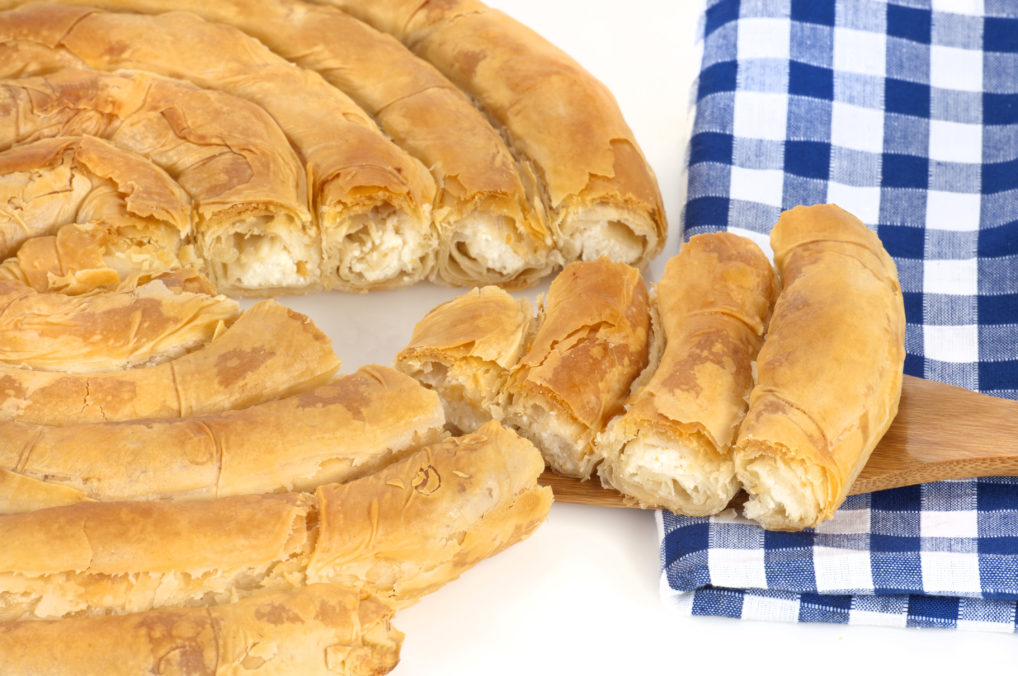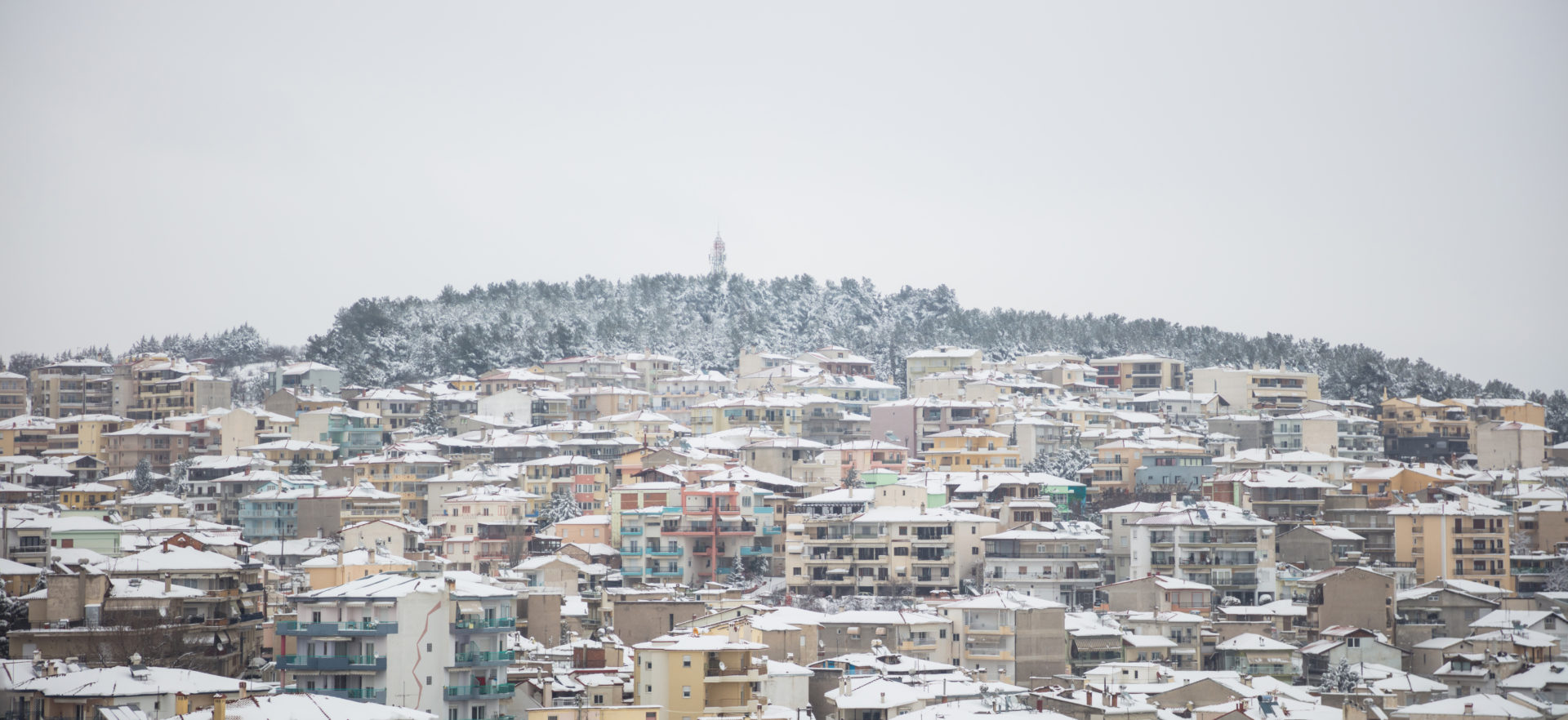Kozani is a city in Macedonia and is the capital of its municipality. It is built at an altitude of 720 meters above sea level, between the mountain ranges of Vermio, Pieria and Vourinos. It is located near Lake Polyphytou, which is crossed by the High Bridge of Servia. Other well-known cities in the area are Ptolemaida, Velventos, Krokos and Siatista.

History up to Byzantine times
Kozani does not have as well-known history in ancient times as other cities in Greece. However, important archeological finds have been discovered since the end of prehistory, such as the necropolis dating back to the Iron Age. There are also traces of the settlement Kalivia, between 1100 and 1300 on the hill Siopotos.
Name of Kozani
In 1392 settlers from Epirus and specifically Premeti (Përmet), Vythikouki and Kozdiani took refuge in the christian settlement of Kalivia. The inhabitants forced them to build their houses a little further east of their settlement but without alienating them. Finally, they created a single community, with the first recorded mention of Kozani being made in a sultan’s firman in 1528. There are many theories about how Kozani got its name with the prevailing claim that the settlers of Epirus named the new settlement Kosdiani which turned into Koziani and finally into Kozani.
From the 17th century onwards
Due to the fact that it was under the protection of the valide sultan, Kozani did not have conquerors until the 19th century. It was a result of the decree secured by Harisios Trantas in the 17th century with which Kozani had many religious and commercial privileges, exemption from some taxes as well as the prohibition of the permanent settlement of muslims in the city. This fact resulted in the development of small industry, livestock and handicrafts as well as communication with Central European cities such as Vienna, Pest, Buda, Venice and Belgrade.
An important event was the founding of the library in 1668, which is today the second largest library in Greece, after that of Athens and is called Koventarios. It has 153,000 volumes, 380 manuscripts, rare editions and one of the 17 surviving originals of the Charta of Greece by Rigas Feraios. The School of Kozani, founded in 1675, was a nursery for many intellectuals during the period of the late Modern Greek Enlightenment.
The looting of the city in 1803 by Aslan Bey stopped the development of the city, while its inhabitants participated with the rest of the Greeks in the revolution of 1821.
Some years later the Kozanites, the inhabitants of Kozani, fought for their freedom during the Macedonian Struggle (late 19th century), with important Macedonian warriors such as Konstantinos Sideris. They were liberated by the Turks in 1912, while in 1923 during the exchange of populations between Greece and Turkey, several refugees settled in the southeast of the city.
The economy of the region
The economy of the region flourished again in the 20th century due to the exploitation of the lignite reserves that exist in Kozani and Ptolemaida by DEI (the greek Public Power Corporation).

Another important sector of the economy is the saffron (crocus) in threads and in powder, as it is the only area in Greece that is cultivated. In some villages such as Krokos, Karyditsa, Agia Paraskevi, among others, the plant has been systematically cultivated for years.

Among the other agricultural and livestock products known in the area are the peaches and apples of Velvento, the plums and cherries of Servia, the manouri Vlastis and the touloumotyri, the sun-dried wine of Siatista, the “kokkineli” (reddish wine) and the dried mushrooms and the production of packaging of spices and herbs such as mahlep.
Kozani is known for the high quality marbles that exist in Vermio and in the areas of Tranovalto, Servia but also in the field of fur, wood processing.
Customs and traditions
In Kozani during the Carnival period, from Tsiknopempti onwards, they light a lamp in a neighbourhood of the city with the locals dancing around the fire and offering wine and twisted traditional kihi pies to the visitors. On the last night of Carnival, however, the lights are on in every neighborhood where an all-night party is set up with dances, traditional songs, kichi pies and kokkineli.





